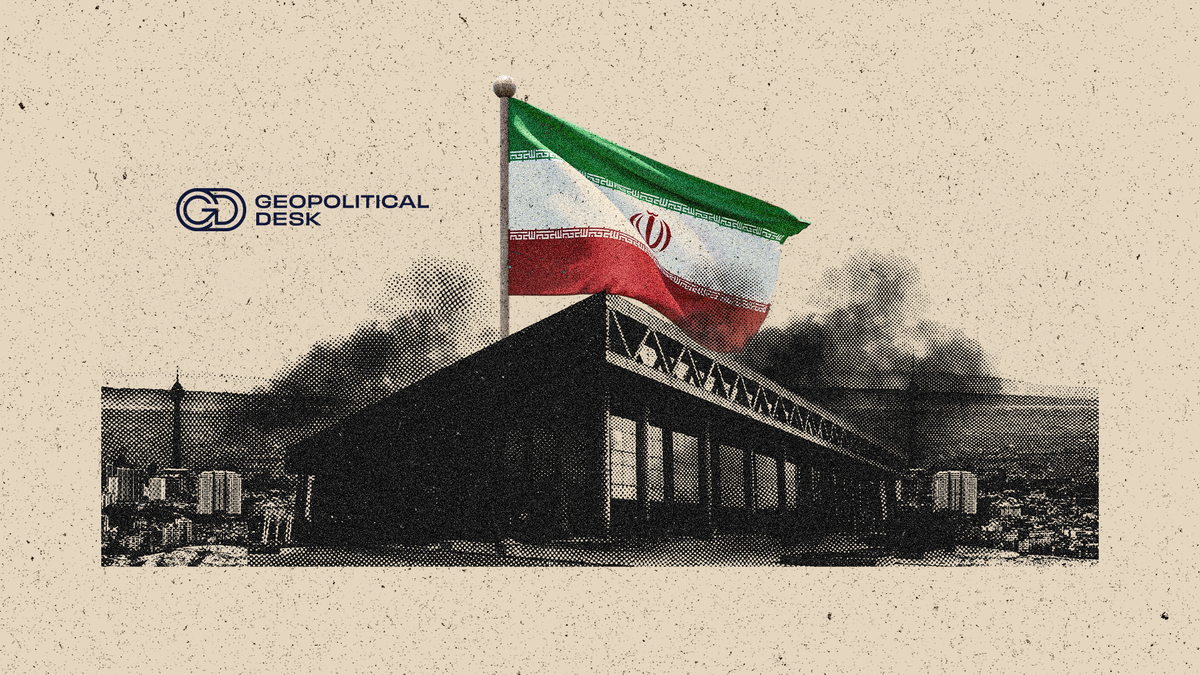
This special report is free to download and is part of our commitment to delivering ahead-of-the-curve insights to our members.
Subscribers on our Intelligence+ and Enterprise Intelligence+ plans access confidential reporting like this before it is published to the website, as well as business intelligence, geopolitical forecasts and strategic insights not available elsewhere.
If you’d like deeper insight on this topic, consider subscribing to one of our paid plans today. Your subscription directly supports independent research in the world’s most complex regions.
We are currently running early bird pricing for new subscribers on Intelligence+. Click the button below to get 60% off the first 3 months of your subscription.
Iran’s strategic paralysis following the 12-day war with Israel has been compounded by internal crises, mounting external pressure and the growing irrelevance of traditional power levers such as the nuclear programme and the “Resistance Axis.”
At the same time, Israel has been escalating its covert strategy despite great risks of miscalculation in the absence of a viable diplomatic track. This report examines such risks and highlights opportunities for a recalibration that can help avoid further regional instability.
Executive summary
- Ordinary Iranians feel like they are stuck in limbo, relieved about the end of war but worried about the high risks of renewed conflict with Israel.
- The situation is made worse by the country’s compounding socioeconomic crises and a potential sabotage campaign maintaining fear levels high among the population.
- In the meantime, nominal self-reflection among parts of the political elite has not ushered in any real hope for reform among the population which is used to such fanfare.
- Ultimately, Iran’s establishment is falling back into its antics that are likely to further worsen the country’s crises and make it more vulnerable to future disruptions.
- While the current government retains a solid footing, its inability to take bold political decisions and please its popular base could lead President Masoud Pezeshkian to resign down the line.
- To get out of its quagmire, Tehran needs short-term difficult diplomatic decisions that rely on realpolitik and less strict ideological redlines for the sake of the country.
- Iran also needs to keep a low profile and at least put on pause its “Resistance Axis” and other traditional levers of power which have become degraded.
- New diplomatic opportunities exist to not only revive but also reshape Iran’s regional influence in a way that is more sustainable and less confrontational.
- Should Western interlocutors be unwilling to offer fair nuclear terms, Tehran could still accept a stringent agreement as a make-believe deal that it can either leave when its crises are less critical or upon which it can build to improve terms as well as serve its long-term economic and strategic interests.
- Despite an inconclusive meeting with European powers, Tehran is taking steps toward resuming technical cooperation with the International Atomic Energy Agency (IAEA). Although frail, this is a positive sign for the pursuit of the diplomatic path, which remains Tehran’s best option going forward.
Download The Full Report
Use the link below to download the full report in PDF format, covering several pragmatic recommendations that could help Iran navigate its way out of the current quagmire.
This article is free to read with a newsletter subscription.
Join diplomats, executives, and analysts who rely on our reporting to stay ahead in the world's most complex regions. Sign up now to access the full article and receive strategic updates direct to your inbox.
Already a member? Sign in
